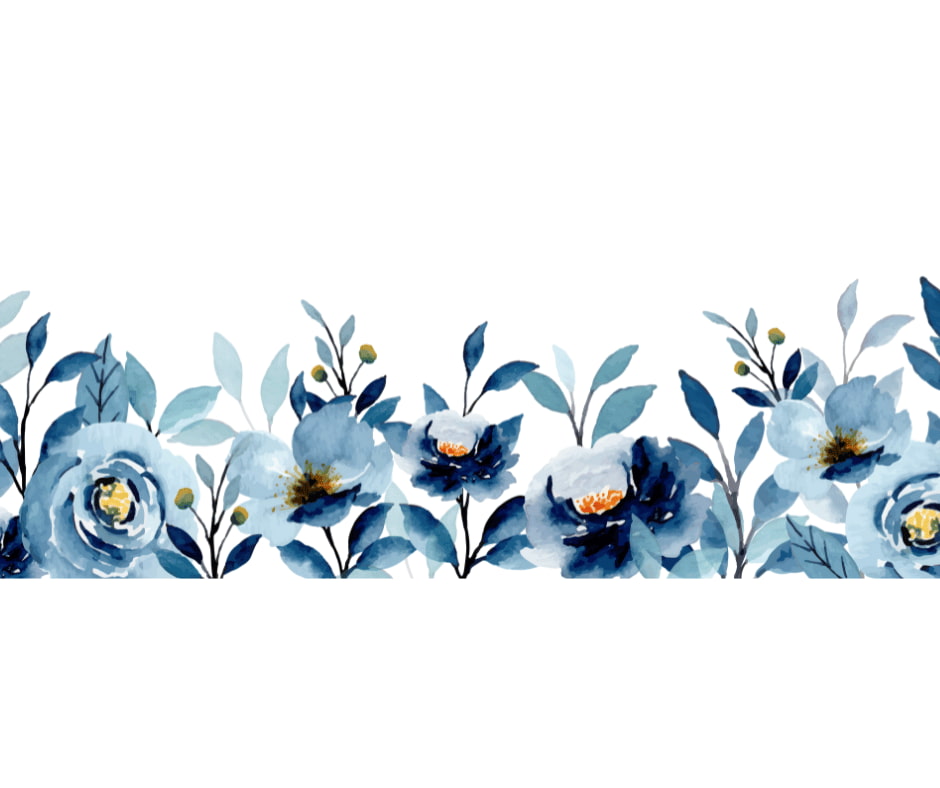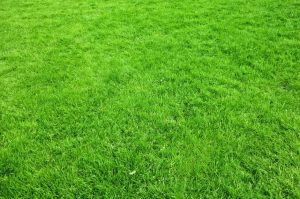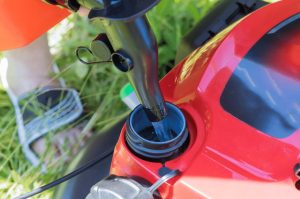Australia’s natural beauty is enhanced by diverse flora, among which blue flowering trees hold a special place. These trees, with their unique hues ranging from deep sapphires to soft sky blues, add a touch of elegance and tranquillity to any landscape.
This article will explore eight specific blue flowering trees that thrive in Australian conditions. We’ll delve into their benefits, ideal growing conditions, and how to care for them, ensuring your garden becomes a vibrant and serene haven.
Before we dive in, be sure to check out our other guides on yellow, pink, red, white and purple flowering trees in Australia.
Let’s go!
Blue flowering tree identification
Identifying blue flowering trees in Australia’s diverse landscapes hinges on observing several key features. These characteristics not only aid in distinguishing these trees but also enhance our understanding and appreciation of their unique beauty.
- Leaf shape and texture: The leaves of blue flowering trees vary widely. Some, like the Ceanothus ‘Blue Sapphire’, exhibit small, glossy leaves, while others, such as the Eucalyptus ‘Baby Blue’, display round, silvery foliage. Observing the leaves’ shape, size, and texture is crucial for accurate identification.
- Bark texture: The bark of these trees can be equally telling. For instance, the Jacaranda mimosifolia is known for its smooth, grey bark, contrasting with the rough, fibrous bark of the Mountain Blue Gum (Eucalyptus deanei). The bark’s texture and colour can be key identifiers, especially in non-flowering seasons.
- Flower characteristics: The most distinctive feature, of course, is the flowers themselves. Blue flowering trees display a range of hues, from deep blues to purples. The Empress Tree (Paulownia tomentosa) showcases large, trumpet-shaped lavender flowers. At the same time, the Round-leaf Mint Bush (Prostanthera rotundifolia) bears smaller, more delicate blooms. The shape, size, and arrangement of flowers on branches are vital identification markers.
By familiarising ourselves with these aspects, we can better identify and appreciate the diverse range of blue flowering trees adorning Australia’s natural tapestry.
Benefits of blue flowering trees in gardening and landscaping
Incorporating blue flowering trees into our gardens and landscapes brings many benefits beyond their stunning visual appeal. These trees are not just a feast for the eyes; they significantly enhance our environment and support local ecosystems.
- Aesthetic appeal: Blue flowering trees create striking focal points in any garden with their unique and vibrant hues. They break the monotony of green, adding depth and contrast. Whether it’s the cascading blooms of the Jacaranda or the delicate flowers of the Round-leaf Mint Bush, these trees transform landscapes into picturesque scenes.
- Environmental benefits: These trees contribute significantly to the environment. They act as natural air purifiers, absorbing pollutants and releasing oxygen. Trees like the Mountain Blue Gum are known for their ability to sequester carbon, helping mitigate the impacts of climate change.
- Ecological advantages: Blue flowering trees are vital for biodiversity. They provide habitat and food sources for wildlife, including birds, bees, and butterflies. The nectar-rich flowers of trees like the Empress Tree are particularly attractive to pollinators, playing a crucial role in maintaining healthy ecosystems.
- Therapeutic qualities: Blue flowering trees have a calming effect on our surroundings. The serene blue tones reduce stress and promote well-being, making them ideal for creating peaceful garden retreats.
- Adaptability and resilience: Many Australian blue flowering trees are adapted to withstand local climate conditions, making them resilient choices for landscaping. Once established, they often require less maintenance and water, contributing to sustainable gardening practices.
By choosing to plant blue flowering trees, we’re enhancing the beauty of our gardens and contributing positively to our environment and local wildlife habitats.
Best Australian trees with blue flowers
Australia’s gardens and landscapes are graced by a stunning array of blue flowering trees, each offering unique beauty and charm. These trees enhance the aesthetic appeal of any space and contribute significantly to the local ecosystem. Here’s a list of some of the best Australian trees with blue flowers:
- Ceanothus ‘Blue Sapphire’ (California Lilac)
- Eucalyptus ‘Baby Blue’
- Round-leaf Mint Bush (Prostanthera rotundifolia)
- Westringia ‘Wynyabbie Gem’
- Jacaranda mimosifolia
- Mountain Blue Gum (Eucalyptus deanei)
- Empress Tree or Princess Tree (Paulownia tomentosa)
These trees bring unique qualities to gardens and landscapes, from the dense floral clusters of the Ceanothus ‘Blue Sapphire’ to the iconic lavender blooms of the Jacaranda. Whether you’re looking to create a serene blue-themed garden or add a splash of colour to your landscape, these trees are excellent choices.
In the following sections, we’ll delve deeper into the characteristics of each of these magnificent blue flowering trees, exploring their botanical features, ideal growing conditions, and how they can transform your garden.
Small trees with blue flowers
1. Ceanothus ‘Blue Sapphire’ (California Lilac)

The Ceanothus ‘Blue Sapphire’, commonly known as the California Lilac, is a gem among small trees, renowned for its vibrant blue flowers and compact growth habit. This tree is a favourite in Australian gardens, not just for its stunning appearance but also for its adaptability and ease of care.
- Botanical characteristics: The California Lilac is a dense, evergreen shrub that can be trained into a small tree. It boasts small, dark green leaves contrasting sharply with its bright blue flowers. These blooms, which appear in profusion from late winter to early spring, are small yet abundant, covering the tree in a spectacular display of colour.
- Ideal growing conditions: Ceanothus ‘Blue Sapphire’ thrives in well-drained soil and prefers a sunny location to produce the most abundant blooms. It’s well-suited to Australia’s varied climates, tolerating both coastal conditions and periods of drought once established. Regular pruning helps maintain its shape and encourages flowering.
- Growing height: As a small tree, it typically reaches a height of 1-2 metres, making it an ideal choice for smaller gardens or as a feature plant in larger landscapes.
- Common uses in Australian gardens: This tree is often used as a focal point in garden beds, borders, or as a low hedge. Its compact size makes it perfect for urban gardens, courtyards, and container planting.
- Ideal garden settings: The Ceanothus ‘Blue Sapphire’ is particularly well-suited for gardens aiming to create a native or wildlife-friendly environment. Its flowers are a magnet for bees and butterflies, adding beauty and supporting local biodiversity. Gardens with limited space or those located in coastal areas will find this tree to be an excellent addition.
In summary, the Ceanothus ‘Blue Sapphire’ is a versatile and visually striking tree that brings a burst of blue to any garden setting, making it a cherished choice for Australian gardeners.
2. Eucalyptus ‘Baby Blue’
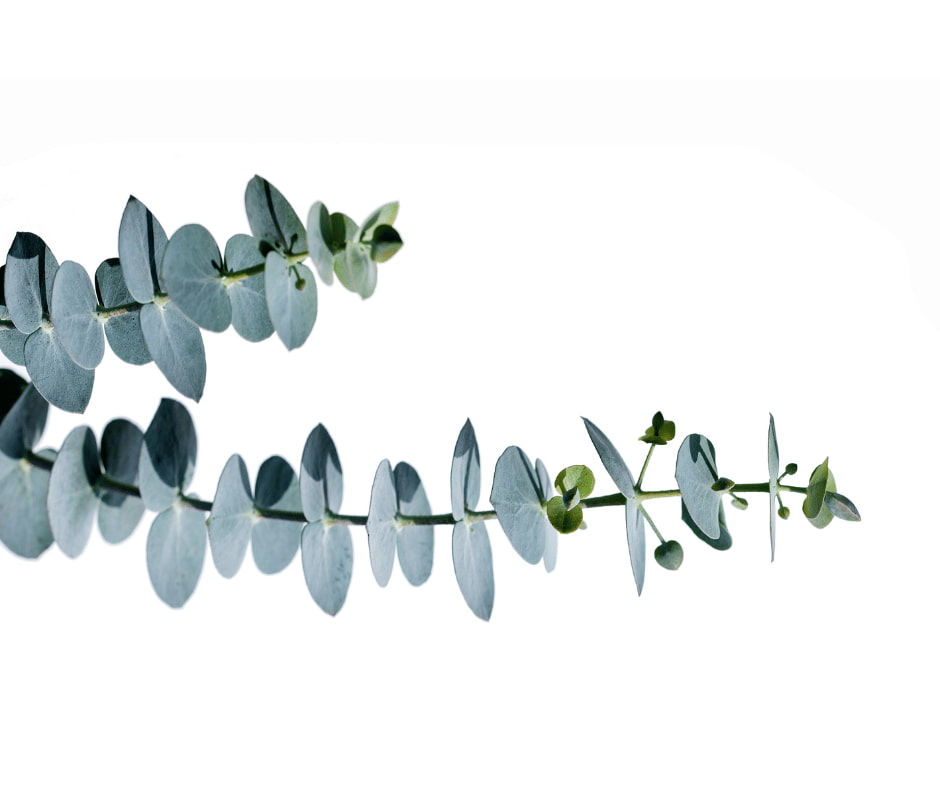
The Eucalyptus ‘Baby Blue’ is a small, aromatic tree that has become popular in Australian gardens for its unique appearance and refreshing fragrance. This tree is a cultivar of the Eucalyptus species, known for its distinctive blue-grey foliage and compact growth habit.
- Botanical characteristics: Eucalyptus ‘Baby Blue’ features small, round, silvery-blue leaves densely packed along its branches, creating a lush, bushy appearance. When crushed, the leaves release a pleasant, eucalyptus scent, adding a sensory experience to the garden. During its blooming season, it produces small, fluffy, cream-coloured flowers that attract various pollinators.
- Ideal growing conditions: This tree thrives in full sun and well-drained soil. It is drought-tolerant once established, making it suitable for regions with dry climates. Eucalyptus ‘Baby Blue’ is also frost-resistant, allowing it to adapt to cooler areas.
- Growing height: As a smaller variety of eucalyptus, it typically grows to about 5-6 meters, making it an ideal choice for smaller gardens or as a specimen tree in larger landscapes.
- Common uses in Australian gardens: Eucalyptus ‘Baby Blue’ is often used for ornamental purposes, in flower arrangements, and as a focal point in garden designs. Its compact size and unique foliage make it suitable for planting in mixed borders, as a standalone feature, or even in large containers.
- Ideal garden settings: This tree is particularly beneficial in gardens designed for relaxation and sensory enjoyment, thanks to its aromatic leaves. It’s also well-suited for xeriscaping and water-wise gardens due to its drought tolerance. Gardens that aim to attract wildlife, especially birds and bees, will find the Eucalyptus ‘Baby Blue’ to be a valuable addition.
The Eucalyptus ‘Baby Blue’ offers a combination of visual beauty, aromatic pleasure, and environmental benefits, making it a cherished choice for diverse Australian garden settings.
3. Round-leaf Mint Bush (Prostanthera rotundifolia)

The Round-leaf Mint Bush, scientifically known as Prostanthera rotundifolia, is a delightful addition to Australian gardens, celebrated for its aromatic foliage and striking blue flowers. This small tree is native to Australia and is cherished for its ornamental value and ease of care.
- Botanical characteristics: Prostanthera rotundifolia is characterised by its round, bright green leaves that emit a refreshing minty fragrance when crushed. In spring and early summer, it bursts into a spectacular display of vibrant purple-blue flowers covering the bush in a profusion of colour. The flowers are tubular and attract various pollinators, including bees and butterflies.
- Ideal growing conditions: This mint bush thrives in well-drained soil and prefers a position in full sun to partial shade. It adapts to various soil types but performs best in slightly acidic and neutral soils. Regular watering, especially during dry spells, and occasional pruning to maintain shape and encourage denser growth are beneficial.
- Growing height: Typically, the Round-leaf Mint Bush reaches a height of about 1.5 to 2.5 metres, making it an excellent choice for small to medium-sized gardens.
- Common uses in Australian gardens: Often used as a feature shrub in garden beds, borders, or as a part of a sensory garden, its aromatic leaves and colourful flowers make it a popular choice. It’s also suitable for planting in native and wildlife gardens and in containers for patios and balconies.
- Ideal garden settings: This plant will greatly benefit Gardens that aim to create a sensory experience. Its minty fragrance and vibrant flowers make it perfect for relaxation areas, herb gardens, and cottage-style landscapes. Additionally, gardens designed to attract and support local wildlife will find the Round-leaf Mint Bush to be an invaluable addition.
In summary, the Round-leaf Mint Bush is a versatile and visually appealing small tree that brings beauty and fragrance to Australian gardens, making it a favoured choice among garden enthusiasts.
4. Westringia ‘Wynyabbie Gem’
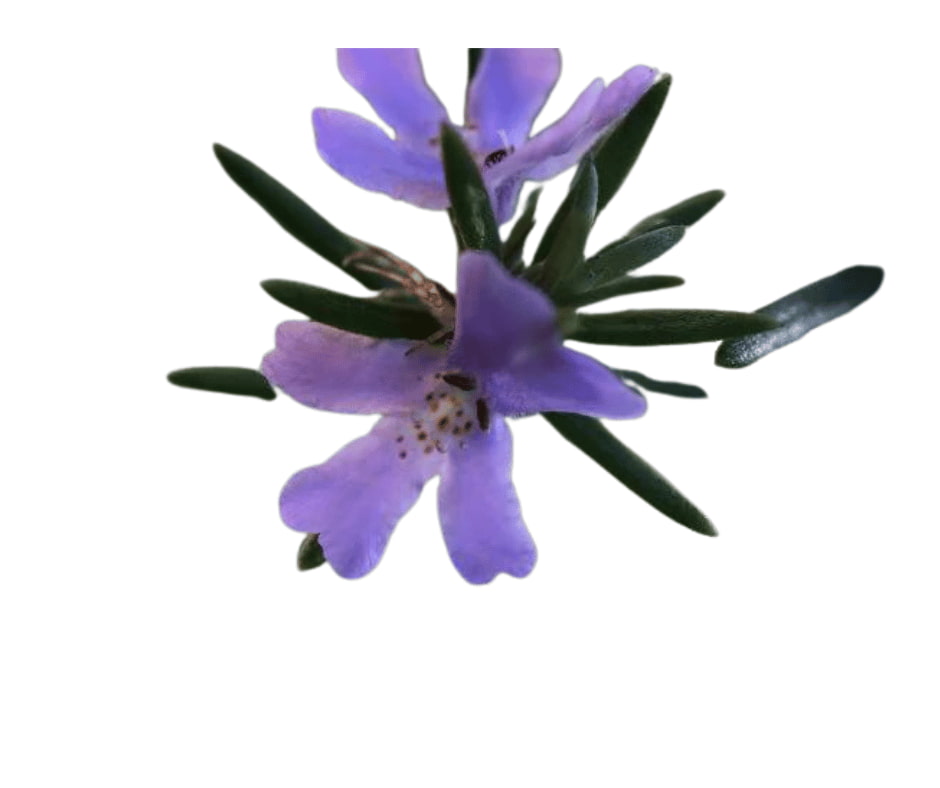
The Westringia ‘Wynyabbie Gem’ is a versatile and resilient small tree, highly regarded in Australian gardens for its hardiness and subtle beauty. This hybrid, derived from native Australian species, is known for its adaptability to various environments and conditions.
- Botanical characteristics: Westringia ‘Wynyabbie Gem’ features narrow, grey-green leaves softly textured and arranged in whorls along the stems. This foliage provides a beautiful backdrop for its small, lavender-blue flowers, which bloom profusely throughout the year, peaking in spring and autumn. The flowers are trumpet-shaped and attract a variety of pollinators, including bees.
- Ideal growing conditions: This tree thrives in a wide range of soil types, provided they are well-drained. It is particularly tolerant of coastal conditions, making it an excellent choice for seaside gardens. Full sun to partial shade suits it best, and once established, it is drought-resistant, requiring minimal watering.
- Growing height: Westringia ‘Wynyabbie Gem’ typically grows to about 1.5 to 2 metres, with a similar spread, making it an ideal choice for small gardens, borders, or as a low hedge.
- Common uses in Australian gardens: Its compact size and attractive foliage make it a popular choice for hedging borders and a feature plant in rockeries or native gardens. It’s also well-suited for container planting, allowing it to be used in patio gardens and balconies.
- Ideal garden settings: This plant is particularly beneficial in coastal gardens due to its salt tolerance. Given its drought resistance, it’s also ideal for low-maintenance and water-wise gardens. Gardens designed for year-round interest will appreciate the Westringia ‘Wynyabbie Gem’ for its continual flowering and evergreen foliage.
The Westringia ‘Wynyabbie Gem’ is a hardy, low-maintenance, and aesthetically pleasing tree that fits well into various garden styles, making it a valuable addition to Australian landscapes.
Large trees with blue flowers
5. Jacaranda mimosifolia
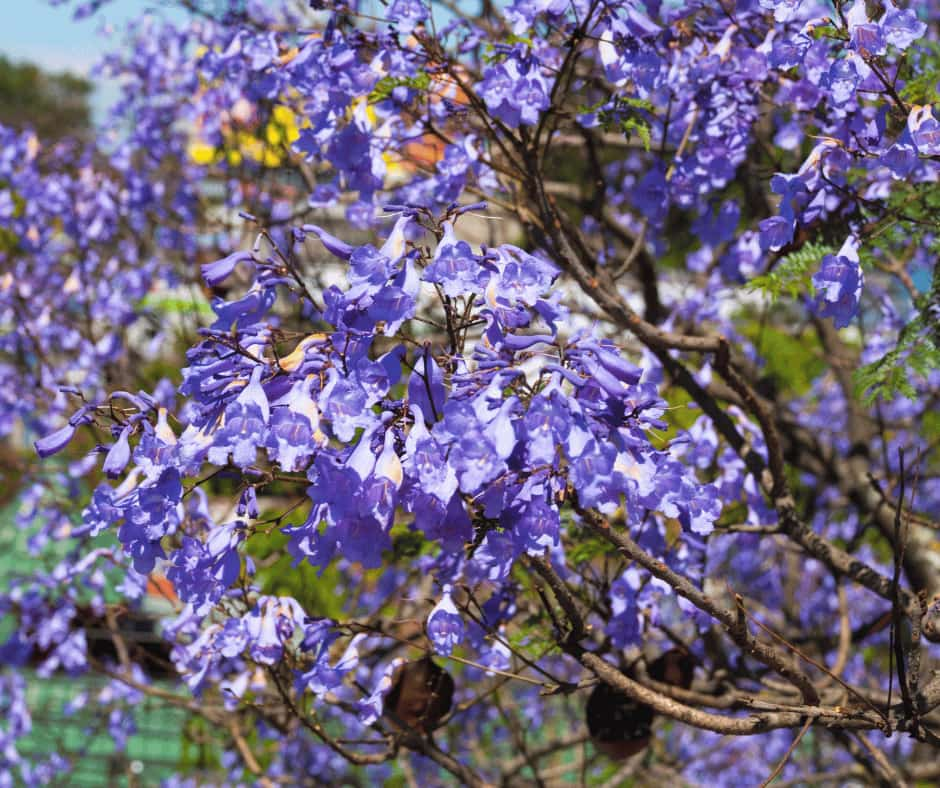
The Jacaranda mimosifolia, commonly known as the Jacaranda tree, is a majestic and iconic large tree that graces many Australian landscapes. Renowned for its stunning display of vibrant blue or purple flowers, it is a favourite in public and private gardens.
- Size and growth habit: The Jacaranda tree can grow significantly, typically reaching heights of 10 to 15 metres, with a canopy spread almost as wide. It has an open, spreading growth habit, with fine, feathery foliage that provides dappled shade.
- Flowering habits: Jacaranda trees are celebrated for their spectacular floral display. The tree is covered in clusters of trumpet-shaped, blue-purple flowers in late spring to early summer. The bloom is so profuse that the tree appears to be a cloud of blue, creating a breathtaking sight. The flowers eventually give way to woody seed pods.
- Suitability for different landscape settings: The Jacaranda is well-suited for large gardens, parks, and street plantings. It’s ideal for creating shade in spacious areas and is often used as a feature tree due to its dramatic flowering. However, due to its size and root system, it’s not recommended for small gardens or planting near structures where space is limited.
- Ideal garden settings: This tree thrives in open, sunny positions and prefers well-drained soil. It suits various garden styles, from formal avenues to casual country gardens. The Jacaranda is particularly effective in large landscape designs where its full size and shape can be appreciated, and its fallen flowers create a stunning blue carpet effect.
In summary, the Jacaranda mimosifolia is a magnificent tree that brings a spectacular splash of colour to the Australian landscape. Its size and flowering habits make it a standout choice for larger garden settings where its full glory can be displayed.
6. Mountain Blue Gum (Eucalyptus deanei)
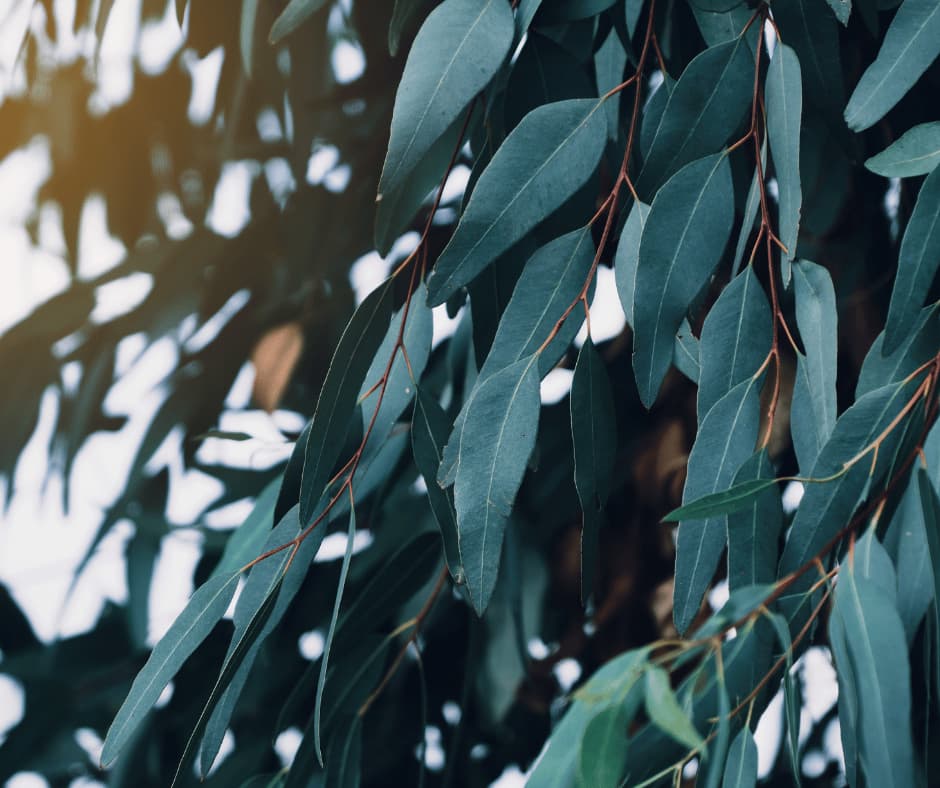
The Mountain Blue Gum, scientifically known as Eucalyptus deanei, is a majestic and robust tree prominent in many Australian landscapes. Known for its impressive stature and ecological importance, it is a quintessential part of the Australian flora.
- Size and growth habit: The Mountain Blue Gum is a large, fast-growing tree, often reaching 20 to 35 metres. It has a straight trunk and an open canopy, which forms a broad, rounded crown. The bark is smooth and sheds in ribbons, revealing a multi-hued surface that adds to its visual appeal.
- Flowering habits: This eucalyptus species produces clusters of white to creamy flowers. Although the flowers are not blue, they add a subtle charm to the tree and are highly attractive to wildlife. The flowering season typically occurs from late spring to summer, providing a valuable nectar source for bees, birds, and other pollinators.
- Suitability for different landscape settings: Due to its size, the Mountain Blue Gum is best suited for large spaces such as parks, wide avenues, and rural properties. It’s an excellent choice for windbreaks or as a specimen tree in spacious gardens. However, it’s unsuitable for small urban gardens due to its large root system and size.
- Ideal garden settings: The Mountain Blue Gum thrives in various soil types but prefers well-drained, moist soils. It is adaptable to different environmental conditions, making it suitable for a range of Australian climates. This tree is ideal for naturalistic landscapes, reforestation projects, and creating wildlife habitats.
In essence, the Mountain Blue Gum is a visually impressive tree and plays a crucial role in the Australian ecosystem. Its towering presence and ecological benefits make it valuable to larger landscapes and conservation areas.
7. Empress Tree or Princess Tree (Paulownia tomentosa)

The Empress Tree, also known as the Princess Tree or Paulownia tomentosa, is a fast-growing and visually stunning tree that has gained popularity in Australian landscapes for its spectacular blooms and impressive size.
- Size and growth habit: The Empress Tree is known for its rapid growth and can reach heights of 10 to 15 metres, with a broad, spreading canopy that can be just as wide. It features large, heart-shaped leaves that provide dense shade. The tree’s growth habit makes it an excellent choice for creating quick shade in new gardens or landscapes.
- Flowering habits: One of the most striking features of the Empress Tree is its profuse flowering. In spring, before the foliage fully emerges, the tree is adorned with large, fragrant, trumpet-shaped flowers. These blooms are typically a soft lavender to violet colour, covering the tree in a spectacular display. The flowers are not only beautiful but also attract bees and other pollinators.
- Suitability for different landscape settings: Due to its size and rapid growth, the Empress Tree is best suited for large gardens, parks, and open landscapes. It can be used as a specimen tree or for creating avenues. However, its size and root system makes it less suitable for small gardens or areas close to buildings or infrastructure.
- Ideal garden settings: This tree prefers well-drained, fertile soils and a position in full sun to achieve its best growth and flowering. It is relatively drought-tolerant once established. The Empress Tree is ideal for large landscape designs where its rapid growth and spectacular flowering can be fully appreciated. It’s also suitable for reforestation and land rehabilitation projects due to its fast growth and soil improvement qualities.
In summary, the Empress Tree or Princess Tree (Paulownia tomentosa) is a magnificent choice for gardeners and landscapers looking to make a bold statement. Its rapid growth, large fragrant flowers, and impressive size make it a standout addition to any large garden or landscape setting.
Caring for blue flowering trees in Australia
Blue flowering trees, unique hues and forms, are a magnificent addition to Australian gardens. To ensure these trees thrive and display their full beauty, it’s essential to understand and implement proper care practices. Here are some key tips on watering, fertilising, pruning, and general care for blue flowering trees in Australian climates:
Watering
- Establishment phase: Regular watering is crucial for establishing a strong root system during the first few years after planting. Water deeply once or twice a week, depending on the weather conditions and soil type.
- Mature trees: Once established, most blue flowering trees, like the Jacaranda and Eucalyptus varieties, are drought-tolerant. However, during prolonged dry spells, occasional deep watering is beneficial.
Fertilising
- Apply a balanced, slow-release fertiliser in early spring to encourage healthy growth and flowering. For native species like Eucalyptus, use a fertiliser formulated for native plants to avoid phosphorus toxicity.
- Compost or well-rotted manure can also be added around the tree’s base to improve soil fertility and structure.
Pruning
- Prune to shape young trees and remove any weak or crossing branches. This helps develop a strong, aesthetically pleasing structure.
- For mature trees, minimal pruning is required, mostly to remove dead or damaged wood and to maintain size or shape. Always prune after the flowering season to avoid cutting off next year’s blooms.
Mulching
- Apply a layer of organic mulch around the tree’s base to conserve soil moisture, regulate soil temperature, and reduce weed growth. Keep the mulch a few inches away from the trunk to prevent rot.
Pest and Disease Management
- Regularly inspect for signs of pests or diseases. Treat infestations early with appropriate organic or chemical treatments, depending on the severity and type of problem.
- Good cultural practices, such as proper watering and not overcrowding plants, can significantly reduce the risk of diseases.
Protection from Extreme Conditions
- Young trees may benefit from shade or protection during the hottest part of the day in regions with harsh sun.
- Young or frost-sensitive species like the Jacaranda (see here for common jacaranda problems) may need frost protection during winter in frost-prone areas.
By following these care tips, your blue flowering trees will be better equipped to grow vigorously and bloom profusely, adding a spectacular blue palette to your Australian garden.
Challenges and solutions in growing blue flowering trees
Growing blue flowering trees in Australia can be incredibly rewarding. Still, like all gardening endeavours, it comes with its own challenges. Understanding these issues and knowing how to address them is key to maintaining healthy and vibrant trees. Here are some common challenges and their solutions:
- Pests and diseases: Blue flowering trees can be susceptible to pests like aphids, borers, and scale insects, as well as diseases such as root rot, powdery mildew, and rust.
- Solution: Regularly inspect trees for signs of pests and diseases. Use appropriate organic or chemical treatments as needed. Encourage natural predators like ladybugs to control aphid populations. Ensure good air circulation and avoid overhead watering to reduce the risk of fungal diseases.
- Climate considerations: Extreme weather conditions, including prolonged drought, frost, and high winds, can stress blue flowering trees.
- Solution: Choose species and varieties that are well-suited to your local climate. Provide young and frost-sensitive trees with protection during cold snaps. In drought-prone areas, select drought-tolerant species and use mulch to conserve soil moisture.
- Soil requirements: Poor soil conditions, such as heavy clay, poor drainage, or incorrect pH levels, can hinder the growth of blue flowering trees.
- Solution: To improve drainage and fertility, amend the soil with organic matter before planting. Conduct a soil test to determine pH levels and adjust accordingly. For native species like Eucalyptus, ensure the soil is not too rich in phosphorus.
- Nutrient deficiencies: Nutrient deficiencies can lead to poor growth and reduced flowering.
- Solution: Apply a balanced, slow-release fertiliser in spring. For native blue flowering trees, use a fertiliser specifically formulated for Australian natives.
- Pruning and shaping: Incorrect pruning can lead to poor tree structure and reduced flowering.
- Solution: Prune during the correct season, usually after flowering. Remove only dead, damaged, or crossing branches. For shaping and size control, prune judiciously, keeping the tree’s natural form in mind.
- Watering issues: Overwatering or underwatering can lead to root problems and stress the tree.
- Solution: Establish a regular watering schedule, adjusting based on weather conditions and the tree’s life stage. Ensure proper drainage to prevent waterlogging.
By addressing these challenges with the right solutions and preventative measures, gardeners can successfully cultivate and enjoy the beauty of blue flowering trees in their Australian gardens.
Designing your garden with blue flowering trees
Incorporating blue flowering trees into your garden design can create a visually stunning and serene landscape. Here are some streamlined ideas for integrating these trees into your garden:
- Contrast with complementary colours: Pair blue flowering trees with plants with contrasting colours, like yellow or orange, for a vibrant display or with white, pink, or purple blooms for a harmonious look.
- Size considerations for space: Choose compact varieties like Ceanothus ‘Blue Sapphire’ for smaller gardens and grand trees like Jacaranda mimosifolia for larger spaces, ensuring they fit well without overcrowding.
- Companion planting: Enhance blue flowering trees with silver-foliage plants like lavender or add texture with grasses, ferns, or succulents.
- Themed garden designs: Create a native Australian garden with Eucalyptus and other natives, a cottage garden with traditional perennials, or a coastal garden with salt-tolerant plants.
- Layered landscape approach: Use blue flowering trees as the upper layer in a garden, with shrubs, perennials, and groundcovers forming the middle and lower layers.
- Year-round interest: Select trees that bloom at different times or have attractive foliage or bark outside the flowering season and combine them with plants that offer autumn colour or winter interest.
By thoughtfully incorporating blue flowering trees, you can create a visually appealing landscape that supports local wildlife and provides enjoyment throughout the year.
Final thoughts
Blue flowering trees are more than just a visual delight; they are a testament to nature’s splendour. Their unique hues bring a sense of tranquillity and beauty to any garden.
As you consider adding these magnificent trees to your landscape, remember their ability to transform spaces, support local ecosystems, and provide year-round enjoyment. Embrace the charm and benefits these extraordinary trees offer to your garden.
FAQs
How can I successfully propagate blue flowering trees in Australia?
To propagate blue flowering trees in Australia, you can use methods like seed germination, cuttings, or grafting, depending on the specific tree species. It’s important to consider the right time of year for propagation, the ideal soil conditions, and the specific requirements for each propagation method. For example, some species may require stratification or scarification of seeds. In contrast, others might root better from softwood or hardwood cuttings.
Are there any blue flowering trees that are considered invasive in Australia?
Yes, some blue flowering trees might be considered invasive in certain regions of Australia. It’s crucial to research and consult local environmental guidelines before planting. Invasive species can outcompete native flora, disrupt local ecosystems, and require specific management strategies to control their spread.
What impact do blue flowering trees have on Australian wildlife?
Blue flowering trees can have significant positive impacts on Australian wildlife. They often provide essential habitat, food sources like nectar and seeds, and nesting sites for various bird species, insects, and small mammals. However, the impact varies depending on the tree species and the local ecosystem. It’s important to choose trees that are beneficial to the native wildlife in your area.

